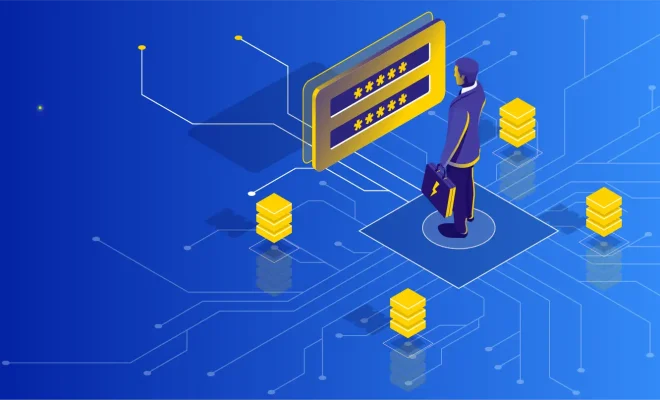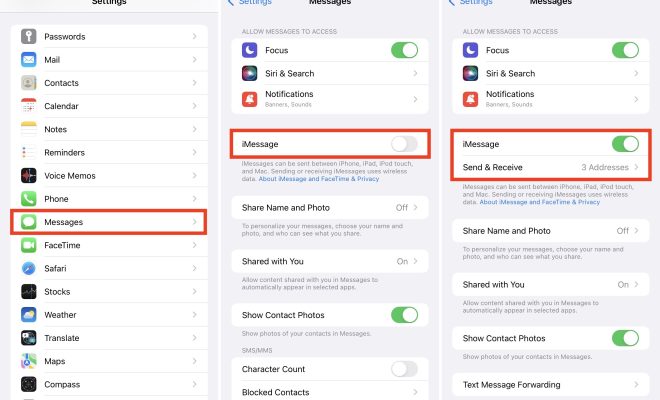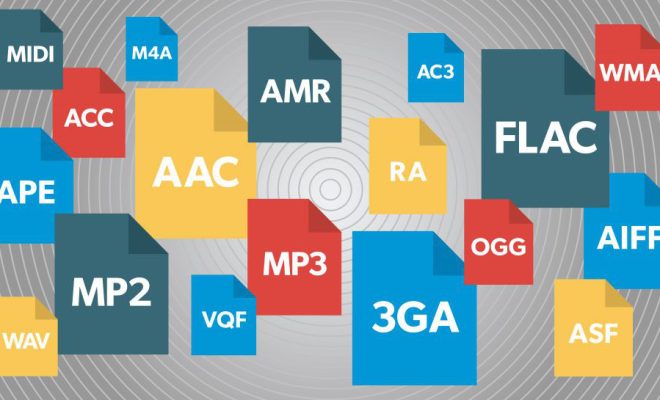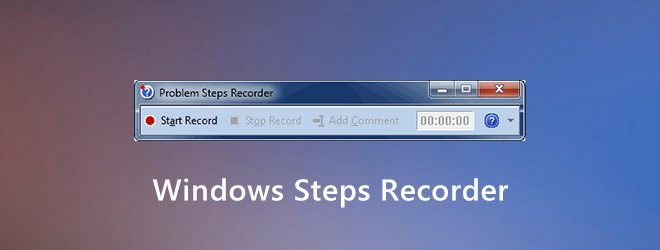What Is Fragmentation & Defragmentation?
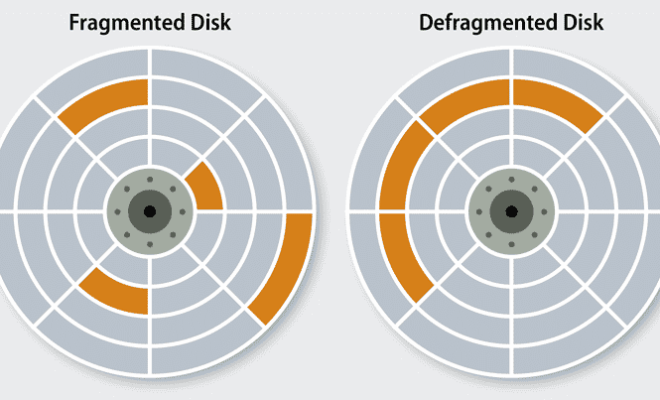
Fragmentation and defragmentation are terms that you may have come across when discussing computer storage devices. They both have an impact on the way data is stored and accessed on these devices, and can play a role in their overall performance.
So, what exactly is fragmentation and defragmentation? In simple terms, fragmentation occurs when data on a storage device is broken up and stored in non-contiguous blocks. This can happen for a number of reasons, such as files being deleted and new data being saved in their place, causing the data to become scattered across the device.
This fragmentation can lead to a slower performance when accessing files, as the device has to search for each piece of data separately. This can also result in wasted storage space on the device, as it may not be able to efficiently store new data due to the fragmented nature of the device.
Defragmentation is the process of reorganizing the data stored on a device so that it is contiguous and can be accessed more efficiently. This process involves moving fragments of data to make room for other files and then bringing the pieces together to create larger, contiguous blocks of data.
Defragmentation can improve the performance of a storage device, as it allows for faster access to data and can free up storage space. However, defragmentation is not always necessary, as some devices are designed to handle fragmentation efficiently and may not experience performance issues as a result.
There are a number of tools available to defragment a storage device, including built-in operating system tools and third-party applications. These tools can be scheduled to run automatically, or they can be manually run by the user.
In conclusion, fragmentation and defragmentation are important concepts to understand when it comes to computer storage devices. While fragmentation can lead to a slower device and wasted storage space, defragmentation can improve performance and increase efficiency. By understanding these concepts, users can take steps to optimize their devices and ensure that they are getting the best possible performance from them.

